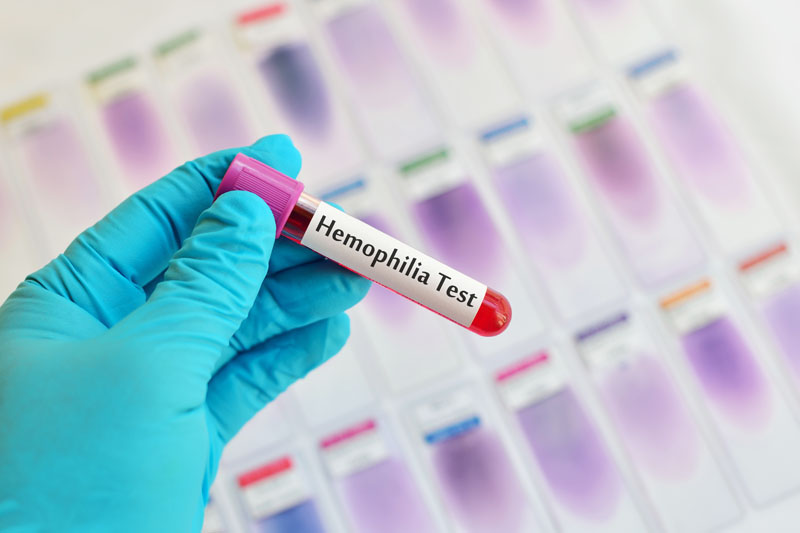There are diseases found in India that the outside world considers rare to contract. These diseases are often severe and life-threatening. A worrying statistic by The Organization for Rare Diseases suggests that one in every twenty Indian patients suffer a rare disease in some part of their lives. The problem with rare diseases is that the cure to many of these is unknown or merely undiagnosed.
Here are five diseases in India that aren’t common elsewhere
Thalassemia
Thalassemia is a disease that affects the blood. It reduces the production of haemoglobin, a protein that transports oxygen in the blood. Thalassemia in people will result in them feeling anaemic, which results in tiredness and pale skin. Symptoms of Thalassemia include continuous bleeding that wouldn’t stop, easy bruising, stiff or painful joints, and blood in stool or urine.
Thalassemia is usually inherited from a parent, and hence, it can be termed as a genetic disorder. People suffering from Thalassemia may have to transfuse blood regularly.
In India, awareness programs have been conducted to promote premarital screening to detect thalassemia.
Sickle Cell Disease
Another disease that can be inherited from a parent, sickle cell disease commonly affects the haemoglobin to form a sickle-shaped cell in the blood vessel. This disease causes many other diseases as well such as bacterial infections, anaemia or even stroke.
Sickle cell disease can be found in children as young as five months old. This drastically decreases the life expectancy as well.
Haemophilia

Haemophilia affects clotting of the blood and is seen more in males. A genetic disorder that is most commonly inherited, haemophilia affects people by being able to easily hurt themselves by bruising, bleeding profusely and a higher risk of bleeding inside the brain.
There are rare cases of the disease where haemophilia can occur during a young or old age because of the clotting factor developing antibodies working against it.
Cystic Fibrosis
Cystic Fibrosis is a disease that affects the lungs, kidneys, liver and the pancreas. This is also a genetic disorder. This disease mainly causes breathing difficulty in the long run and also opens your lung to deadly infections due to the frequent buildup of mucus.
Cystic Fibrosis has no known cure, but treatment for the lungs have been developed which are through antibiotics. These antibiotics are either inhaled or given orally.
Pompe Disease
A disease that occurs due to the body’s inability to synthesise a protein that is needed to break glycogen down, Pompe disease, also known as glycogen storage disease type II affects the muscle and causes breathing troubles. It is common among African American and Asian groups.
Pompe disease is also responsible for the damage of nerve cells in the body. This is because of the accumulation of glycogen









